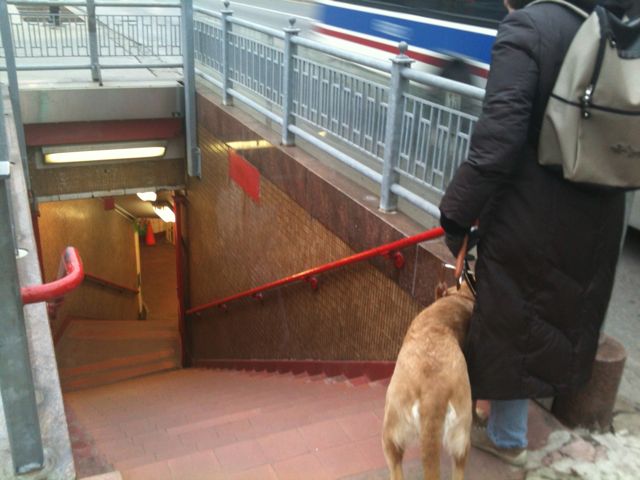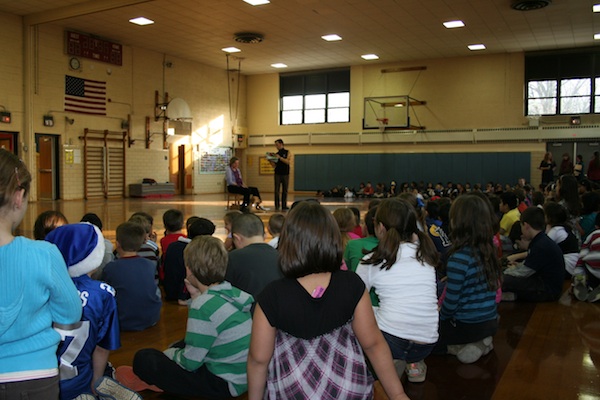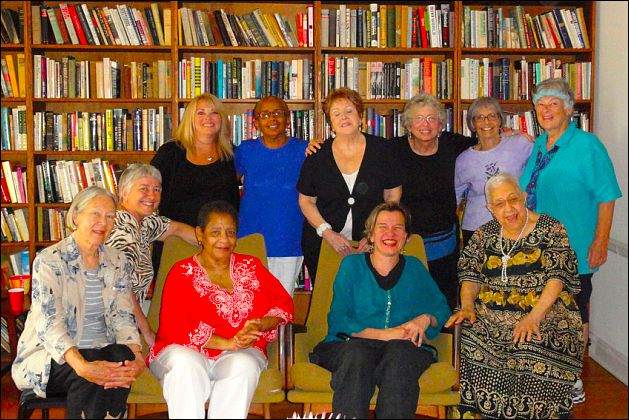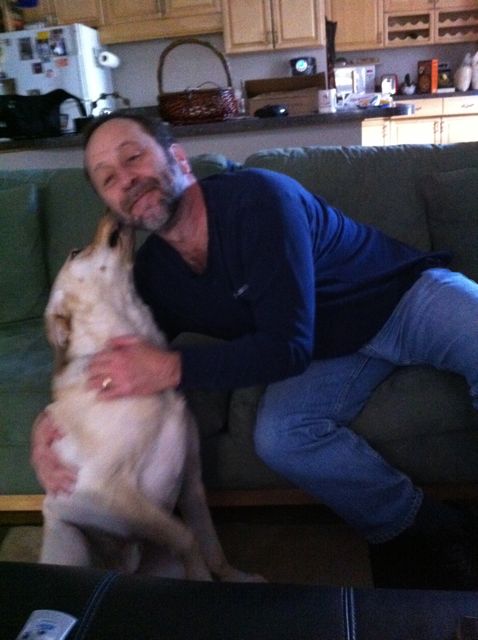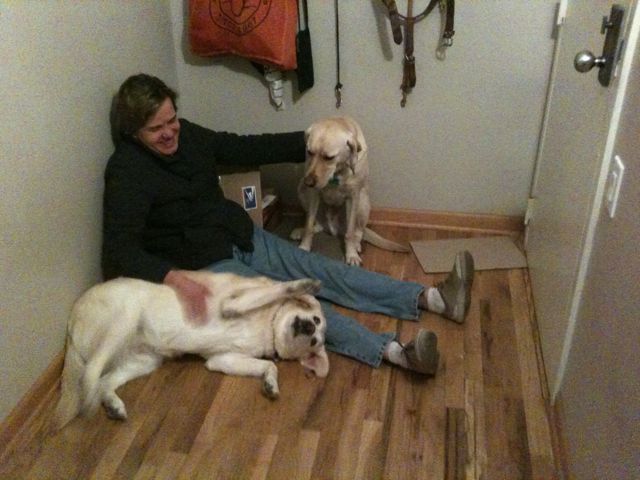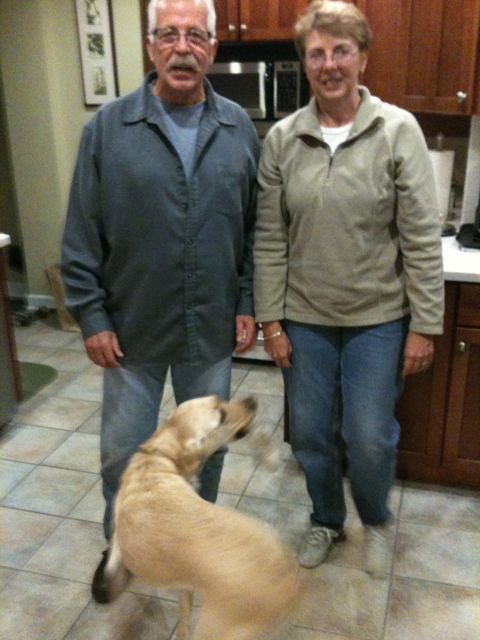This new hybrid health club doesn't cost a penny
April 5, 2012 • 7 Comments • Posted in blindness, travel, Uncategorized, visiting schools
The kids at St. John's enjoyed our presentation, thanks in large part to Jen and Nicole for getting us there!
Whitney and I were supposed to take a train to visit St. John’s School in Western Springs yesterday morning. Good thing we didn’t!
April 4, 2012 (CHICAGO) (WLS) — Emergency crews responded to a track fire near Chicago’s Union Station Wednesday morning.
According to ABC7’s Roz Varon, traffic was jammed near Canal and Jackson because of the emergency activity in the 300-block of South Riverside.
No one was injured, but I sure wouldn’t have wanted to put Whitney through all that mess. Not to mention…me.
Jennifer Cristina and Nicole Dotto (two lovely young women I met volunteering in a program for kids in the Chicago Public Schools) offered to pick Whitney and me up right in front of our apartment building. The suburban school we were visiting yesterday had nothing to do with the program we volunteer for, but Jennifer and Nicole took time out of their schedules to help us anyway. They drove us all the way to the suburban school, sat patiently through the presentation, took care of Whitney while I signed books, then drove us back home again.
Traffic was bad on the way back to Chicago. I took Whitney’s harness off so she could relax, then started asking Jennifer and Nicole how they’d found out about Sit Stay Read!, the literacy program we all volunteer for. Turns out neither of them are originally from Chicago. Jennifer left her home in Baton Rouge to live in a bigger city. Nicole is from Southern California and knew she could run her online business selling vintage clothing from anywhere. “I love seeing new places,” she said, doting on Whitney from the back seat. “I visited Chicago and liked it, so I decided to move here.” Volunteering was a great way to meet new people, and Sit Stay Read was a good fit: her hours are flexible enough to allow her to visit schools in the daytime.
Jennifer works as a nanny, and her charge is growing up. “I’m free during the day while she’s in school, and I love kids, and I love dogs,” she shrugged. “And you know, if you ever want to feel needed, all you have to do is volunteer. It’s good for you.”
Jennifer was absolutely right. In a story in the Nonprofit News about a study on the health benefits of volunteering, the executive director of the Saguaro Seminar at Harvard University referred to volunteering as the “new hybrid health club for the 21st century that’s free to join.”
The study finds a significant connection between volunteering and good health. The report shows that volunteers have greater longevity, higher functional ability, lower rates of depression and less incidence of heart disease.
And of course the recipients of the good deeds benefit, too. Whitney and I can vouch for that. Avoiding Union Station yesterday morning added dog years to our lives. Spending time with these two thoughtful and caring young women helped us function better during our presentation at St. John’s, and we avoided challenges at Union Station that might have brought us down. Thank you, Jennifer and Nicole. Your ad lib volunteer efforts yesterday warmed our hearts.
